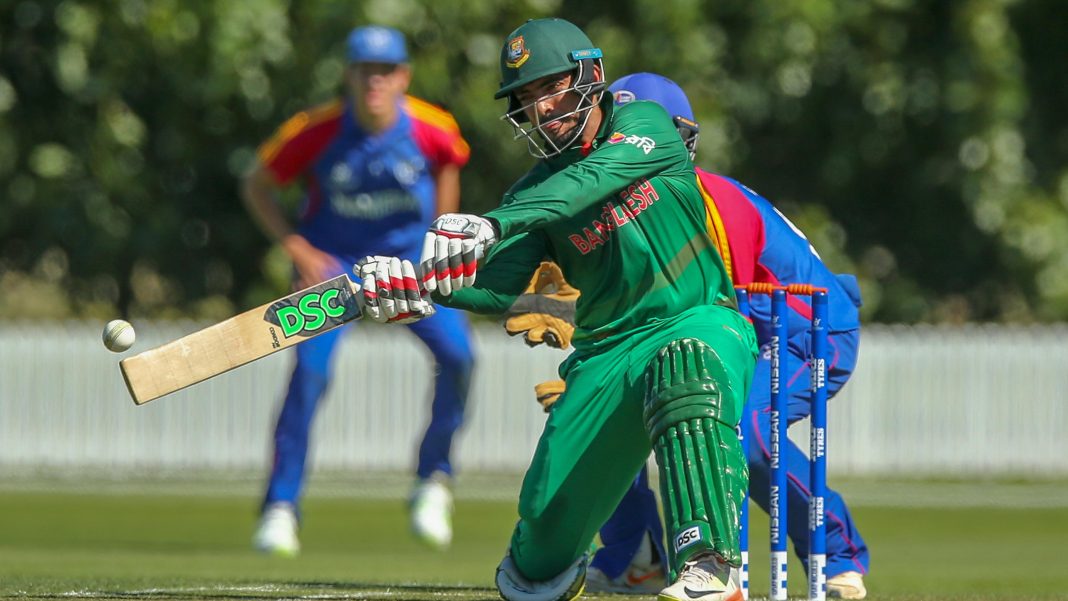Today, David Schout wrote a piece for The Roar where he lamented next year’s cricket schedule for being ‘obsessed’ with the three-game series; Australia has eleven bilateral arrangements 2020, and nine of these are three-match white ball series.
It is easy to have a knee-jerk reaction to this news and to say that the new schedule is ruining the chances of us enjoying long competitive series like the recent Ashes – but this is not the whole story.
Australia’s eleven series in 2020 need to be considered in the context of two new global leagues: the World Test Championship (three) and the new CWC Super League (three); the latter’s points table (not rankings) determines 2023 World Cup places.
This means Australia has six – over half – short but contextual series.
Also scheduled are two three-game T20I series right before the T20 World Cup, leaving only series versus India, South Africa and New Zealand as those matches not part of any global league. (There is also a single Afghanistan Test which is superb, considering Rashid Khan’s Blue Tigers are not in the World Test Championship).
The advent, or perhaps proliferation of the short series – again, as David mentions – does present the potential of forgettable ‘snackable’ series. I agree here, but importantly, only when there’s little/no context (i.e., when connected to a convoluted rankings system). And this is not the case with the majority of Australia’s 2020 schedule.
The “B” word
The ‘meaningless bilateral’ has long been a bugbear of those who advocate for the game’s growth, but one cannot be too zealous when it comes to calling for its annihilation, after considering what the ‘bilateral’ is, and why.
It is a interesting part of cricket’s history that it grew across the world on the back of countries playing each other in bilateral tour series, which, for over a century, did not feed into any global ranking system; it was just a home / away approach as to who held the upper hand between any two particular nations.
Before the ICC was signing multi-billion dollar deals for the media rights sales for the global events, bilateral series (including the adoption of ODI cricket across the world) was where the game made its money, from where it evolved from a pursuit of enthusiastic amateurs, to a global industry.
Times have indeed changed. In 2016, former Cricket Australia CEO James Sutherland flagged the need to rethink the way global cricket distributed monies paid to the boards for rights and other properties, and how funds could be better redirected to underpin the sport’s growth in its established nations and beyond.
The biggest point in Dan Brettig’s 2016 interview – beyond CA’s willingness to give up millions towards the game’s development – was that the BCCI earned, then, in 2016 – the same amount in advertising income from a single T20 International, than it did for a five-day Test match.
Again?
In 2016 The BCCI earned the same amount in advertising income from a single T20 International, than it did for a five-day Test match.
James Sutherland spoke of negotiations around (funding) the potential changes to bilateral cricket and the then-potential introduction of the Test Championship and ODI League, which were approved a year later. Despite the new world cricket structures being approved, there has not been any further discussions reported about a central fund. (A thought for another day).
Anecdotally, only Australia, India and England make money from hosting Test cricket – and other countries’ literal fortunes are heavily influenced by when (and whether) they play India, for their share of the media rights earned from Indian broadcasters.
The majority of income for cricket’s powerhouses beyond ICC distributions now – or will – come from their own T20 leagues. The BCCI signed a whopping $2.5bn deal with Star for 5 years of the IPL. The jewel in the crown of CA’s recent deal with 7 & Fox was the BBL.
Context
As of next year, a ‘global’ context will have been introduced in two formats via a World Test Championship (consisting of only 9 of the 12 Test nations – another conversation for another day) and an 50-over structure that has 32 teams, which for the first time, includes the possibility of a Test nation being relegated from the top tier, 13-team “Super League”. These fixtures are locked in, which will (hopefully) mean we don’t see any tour cancelled again as we did with Australia’s agreed hosting of Bangladesh in 2018.
Men and women each now have a single global T20 cricket rankings table, which is already bearing fruit – despite some opposition – in encouraging emerging nations to organise bilateral cricket in preparation for regional World Cup qualifiers, and also for these countries’ development.
It is hoped that after the 2021 Men’s T20 World Cup in India – yes, less than a year after next year’s event in Australia – the ICC will consider revising the global T20I structure, not only providing an “all-in” qualifying pathway for the T20 World Cup, perhaps something similar to basketball, but also to consulting with stakeholders on the framework (qualification / eligibility / etc) to support the reintroduction of cricket into the Olympics in 2028 when they are hosted by Los Angeles.
As much as we’ll always love feasting on long competitive series like the Ashes (which won’t change from a five-game series in the foreseeable future) in my opinion, it’s only positive news that we now have more countries playing each other regularly as part of a global structure that fosters growth and development of the game.
Yes, it could be structured better, across all formats, but it’s a good start.








One thing that really stands out for me, and that others have almost ignored, is the treatment of new so called ‘full members’. I remember the biggest incentive for a nation like Ireland trying to be a full member nation with test status, was two fold. One, to gain automatic qualification to the WCs and second, to gain funding same as countries such as Bangladesh and Zim. Both things did not happen when Afg and Ireland were given test status. Infact ICC and BCCI trimed down the WC to ten teams and Ireland became the first test country, along with Zim to miss out on a WC spot! On financial side too, there was some increase in funding, but so did their expenses increased due to hosting tests. Now with World test championship, they do not even feature in it. How is that not illegal? What kind of ‘full members’ are they? And what say do they have in anything?? After 11 years of hard work, they were given a token recognition and probably lost more than they gained. ICC has ruined the development of cricket and with BCCI (and Indian cricket fans in general) least interested in global development of the game, things do not look easy for smaller nations in future as well.